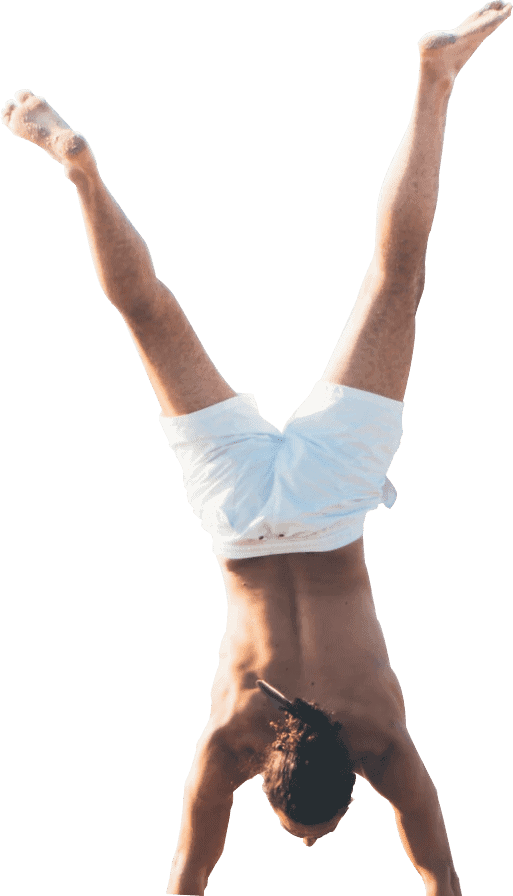Running has a pretty bad rap. People seem to get injured from the ‘high impact’ nature of the sport and those who are trying to get fit or have injuries normally avoid running because, if they don’t use the correct technique – they probably will hurt themselves. I have avoided running for the very same reasons, but after learning this technique, I ran 5km, pain free and felt full of energy afterwards.
Chi Running is a technique that was developed by Danny Dreyer in the late 1990’s. It can also be recognised as barefoot running and forefoot running. In my opinion, Chi running is the answer to the grey cloud that seems to generate around good old fashioned running.
I’ll summarise the whole idea very briefly below, but the book is worth getting – it’s gold to those who have injuries, those who want to improve running style, speed and endurance, and even those who don’t run at all!
The technique as the name suggests is based on the principles or Tai Chi, the most important one being that ‘less is more’. It is about technique, not power or strength.
In his book Danny explains that there are 4 Chi Skills one must get their head around before even putting your runners on. The are mostly about mind and body focus, breathing and relaxation.
The actual technique of the running style is explained beautifully in the book, and the image most commonly appointed to Chi running is this one…..
The most important part of the technique is the forward lean. This lean comes from the ankles – not the hips or lower back. The more you lean, the faster you go. This creates a ‘falling’ type sensation, which requires you to pick up your feet to ‘catch’ yourself.
- Other ‘focusses’ that Danny discusses are touched on below
– Pick up your feet: do not push off with toes.
– Keep your lower legs ‘limp’: let everything below your knee ‘dangle’
– Swing your legs to the rear: let your stride open up behind you.
– Cadence: minimal foot contact with ground. Anything less than 85 strides/min is too little. 85-90 steps per minute is correct.
– Gears and stride length: slow run = small stride, less lean. Fast run = long stride, more lean. Therefor, longer stride with higher cadence is a faster run.
– Arm swing:
- elbows stay bent at 90 degrees,
- swing your arms to the rear (as if you are trying to elbow someone behind you), fingers go back as far as your ribs, and then the elbows come back to ribs.
- Keep shoulders low and relaxed, keep elbows in by sides.
- Don’t cross your center line with your hands, otherwise creates too much rotation in body.
- Relax your hands as if you have a butterfly in each hand
- Use arm swing to set your cadence – try swinging your arms to the beat of a metronome.
– Pendulum: any pendulum will swing at a given rate unless you shorten the lever arms – bend your knees by ‘picking up your feet’, therefor shortening the ‘lever’.
– Enjoy: Look around when you run – enjoy it.
Check out http://www.chirunning.com/ to get more information, or buy the book ‘Chi Running’.
The team at Life Ready Physio can help you with your running technique or rehabilitation from injury back to exercising pain free, so feel free to ask them any questions you may have.
I look forward to hearing how you go with your runs!
Take care,
Jess

